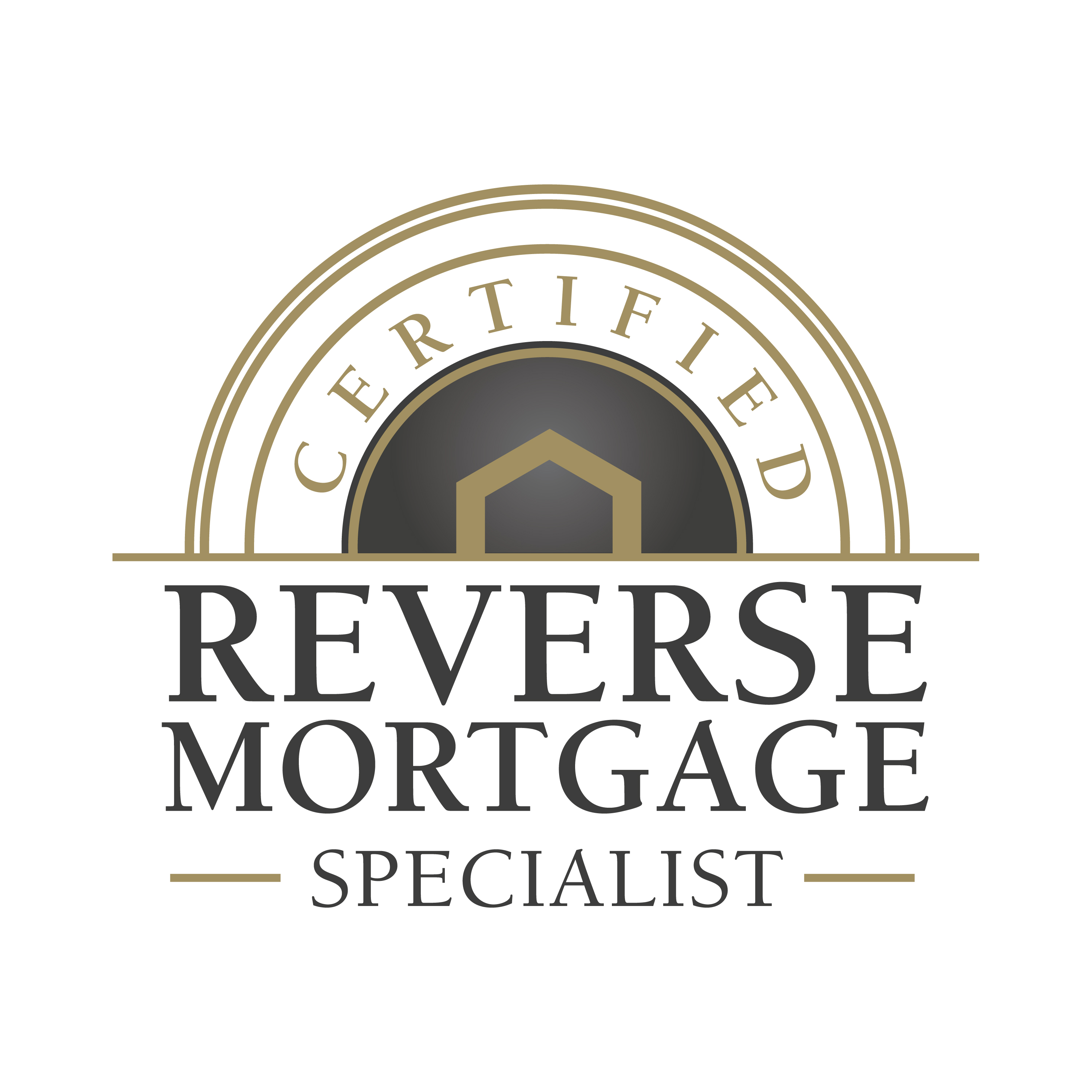Summer Mortgage Market Update (2010)
August 5, 2010The Mortgage Deal of the Week
August 24, 2010One of the most common observations made about the financial profile of average baby boomers is that too much of their net worth is tied  up in their primary residence. While real estate investments have served boomers well over their lifetimes, with steadily appreciating values and tax free capital gains, this asset class is also relatively illiquid and has a future that some fear may not be as bright as its past.
up in their primary residence. While real estate investments have served boomers well over their lifetimes, with steadily appreciating values and tax free capital gains, this asset class is also relatively illiquid and has a future that some fear may not be as bright as its past.
Reverse mortgages offer Canadians over the age of fifty-five the opportunity to tap into their existing home equity without having to sell and move. The proceeds are tax free and the loan does not require any scheduled repayment.
That said, a reverse mortgage is still an expensive way to borrow money and in many cases, is not the best option on the table when emotional factors like selling the family home are excluded.
Today’s post explains how reverse mortgages work and outlines the strengths and weaknesses of this option.
A reverse mortgage is simply a loan that is paid back with home equity, instead of with ongoing cash flow.
To use a basic example, assume that you own a home worth $500,000 and that your lender advances you $200,000 on a reverse mortgage with a rate of 5.5%. Your annual interest cost (in simple terms) works out to $11,000, and this amount is added to your mortgage balance. So at the end of the first year, assuming no change in the value of your property, your mortgage will increase to $211,000 and your equity will decrease to $289,000.
Homeowners (and spouses) must be at least fifty-five years of age and the maximum amount of home equity that can be withdrawn is set on a sliding scale according to age (55 yrs = approx. 25%, 70 yrs = approx. 40%, 80 yrs = approx. 55%).
Reverse mortgages are available in most urban areas and are offered on most standard property types (house, townhouse, condo etc.), provided that the home being mortgaged is the borrower’s primary reside nce. These loans can be paid off at any time, although there can be stiff penalties if you break your mortgage in the first two years of the contract.
nce. These loans can be paid off at any time, although there can be stiff penalties if you break your mortgage in the first two years of the contract.
Canadian reverse mortgage transactions have until very recently been funded under the Canadian Home Income Plan (CHIP) brand, which has been around for 25 years and is now part of HomEquity Bank, a Schedule One Canadian bank. Very recently, Equitable Bank launched a competing product called Path Home Plan, so borrowers now have some competition working in their favour.
To highlight the features of a typical reverse mortgage let’s look at CHIP’s offering in detail (since they are the dominant provider of this product).
CHIP’s average loan amount is 35% of the property’s value, and CHIP states that “on average, the amount left over is more than 50% of the value of the home when it is [eventually] sold.” While a little surprising, this statistic is mostly a result of the steady increase in Canadian home prices over the past 25 years.
Here are the primary advantages of using a reverse mortgage:
- There is no ongoing monthly payment obligation. Your interest charges are added to the outstanding mortgage balance. (That said, you have the option to pay all or part of each year’s interest charges on the anniversary date of your mortgage if you wish.)
- You can’t be forced to move or sell your property, as long as it is maintained and all property taxes and associated fees are kept up-to-date. If your interest payments eventually eat through all of your equity, you (and your spouse) can remain in the house until death and the total amount owed is capped at the fair-market-value of the property at the time of sale. In fact, the longer you live, the more the reverse m
 ortgage numbers start to tilt in your favour. (Approximately two-thirds of CHIP mortgage holders stay in their homes for the remainder of their lives.)
ortgage numbers start to tilt in your favour. (Approximately two-thirds of CHIP mortgage holders stay in their homes for the remainder of their lives.) - You still benefit from future increases in your home’s value, which can offset some or all of your borrowing costs. Of course, you have to sell your house to realize the gain, so this is only a paper profit which can disappear if your property value decreases in subsequent years. (CHIP says that to date, 99.9% of their customers have money left over when the loan is repaid.)
- The money advanced to you is tax-free and is not counted as income when determining eligibility for Old Age Security (OAS) and Guaranteed Income Supplement (GIS) benefits. Also, if the proceeds are used to buy registered investments, mortgage interest costs can often be deducted from any income earned.
- It’s easy to qualify. reverse mortgages don’t require any health or income information, so if your property is deemed suitable, you are more than likely eligible.
Here are the primary disadvantages of a reverse mortgage:
- Borrowing back your home equity includes an interest cost that would be eliminated if you sold your home outright. People typically pay interest because they don’t have money, and in this case, you do. Financially, it makes much more sense to sell your house (any capital gain is also tax-free) and to then use the equity to generate future income.
- The interest rates charged are high. Reverse mortgage lenders are advancing you money, foregoing any repayment and giving you unfettered use of the collateral security for an extended period of time with no set date for recovering their principal and interest, so it’s not surprising that their rates are higher. But the bottom line is that a 5 year loan at 6.75% (today’s typical rate) is still very expensive.
In summary, a reverse mortgage may be a good solution for two types of borrowers.
1. Borrowers who can’t bring themselves to sell – If your house is important to you on an emotional level, then paying a premium for a solution that helps ensure you never have to leave it, is worth considering. (Even if from a purely financial standpoint a reverse mortgage is more expensive than the alternative of selling your home and downsizing.)
you on an emotional level, then paying a premium for a solution that helps ensure you never have to leave it, is worth considering. (Even if from a purely financial standpoint a reverse mortgage is more expensive than the alternative of selling your home and downsizing.)
2. Borrowers who think their house price may decline – if you think house prices have peaked and want to hedge against a significant reduction in value, then monetizing your home equity at today’s values is a way to “sell high” without having to hire a moving van.
For everyone else, selling your house and cashing out is the way to go.








3 Comments
Very interesting.
1. Is there a time limit to sell a house with a Reverse Mortgage after the owner has died?
2. Does the interest rate go up at any time after the death and before the sale?
Hi John,
In answer to your questions:
1. CHIP’s contract requires that they be notified within 30 days of the last surviving home owner’s passing, and that the mortgage be paid back within 180 days of the date of death.
2. Possibly. If the term was about to reset and the rates are higher, then yes, new rates would apply but if the existing contract is mid-term, the rate would not change.
Best regards,
Dave